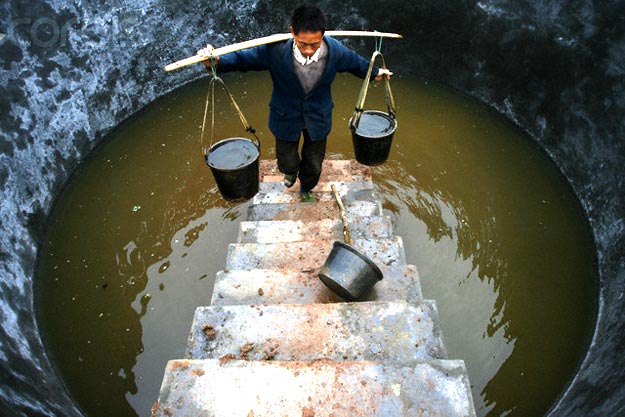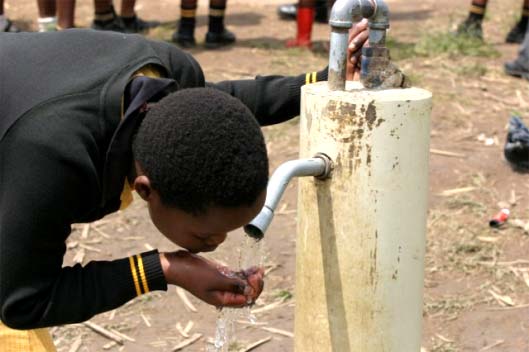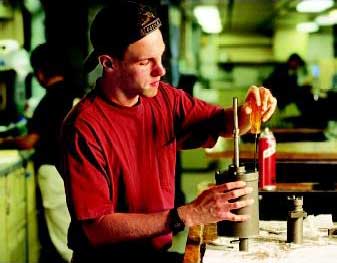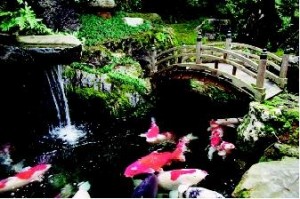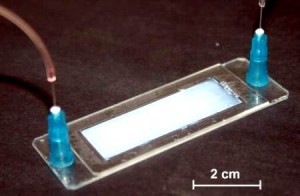Failure to protect and invest in nature has left the world’s rivers in crisis, threatening the water supply of more than five billion people according to a new study. Pollution, dam building, agricultural runoff, conversion of wetlands, and water-works engineering have severely impacting global river systems, the first- ever health assessment of the planet’s riverine ecosystems reported in Nature last week.
‘What made our jaws drop is that some of the highest threat levels in the world are in the United States and Europe,’ says Peter McIntyre, a co-author of the report who is a zoologist at the University of Wisconsin-Madison in the U.S. Read more

